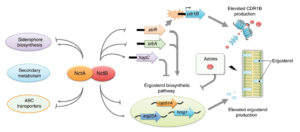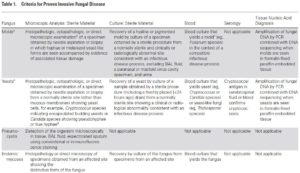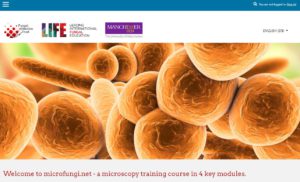Submitted by Aspergillus Administrator on 17 April 2013
It is known that light has an influence on some fungal pathogens and their ability to infect their host so it was important to ascertain whether this was also true of Aspergillus fumigatus – the most important species responsible for aspergillosis.
This recent paper shows that light does fundamentally effect many aspects of the growth & regulation of virulence of A. fumigatus., opening the possibility that this might be able to be used to fight infection.
Quoting from the paper:
Considerable effort has been taken to understand how the mold pathogen Aspergillus fumigatus senses its environment to facilitate growth within the immunocompromised host. Interestingly, it was shown that the deletion of a blue light photoreceptor in two divergent fungal pathogens,Cryptococcus neoformansFusarium oxysporum, leads to an attenuation of virulence in their respective animal infection models. This suggests that light signaling pathways are conservatively involved in the regulation of fungal pathogenesis. However, an understanding of whether and how A. fumigatus responds to light is lacking. Here we demonstrate that this organism coordinates broad aspects of its physiology with the photic environment, including pathways known to be involved in virulence, such as carbohydrate metabolism and oxidative stress resistance. Moreover, the photoresponse of A.fumigatus differs in notable ways from the well-studied modelAspergillus nidulans. Therefore, this work should represent a general advancement in both photobiology and A.fumigatus research communities.
News archives
-
Title
Date


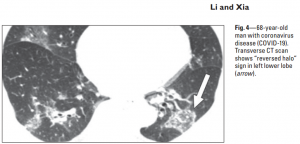
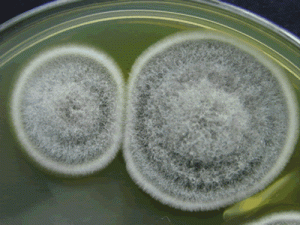

 ,
,  ,
, 
